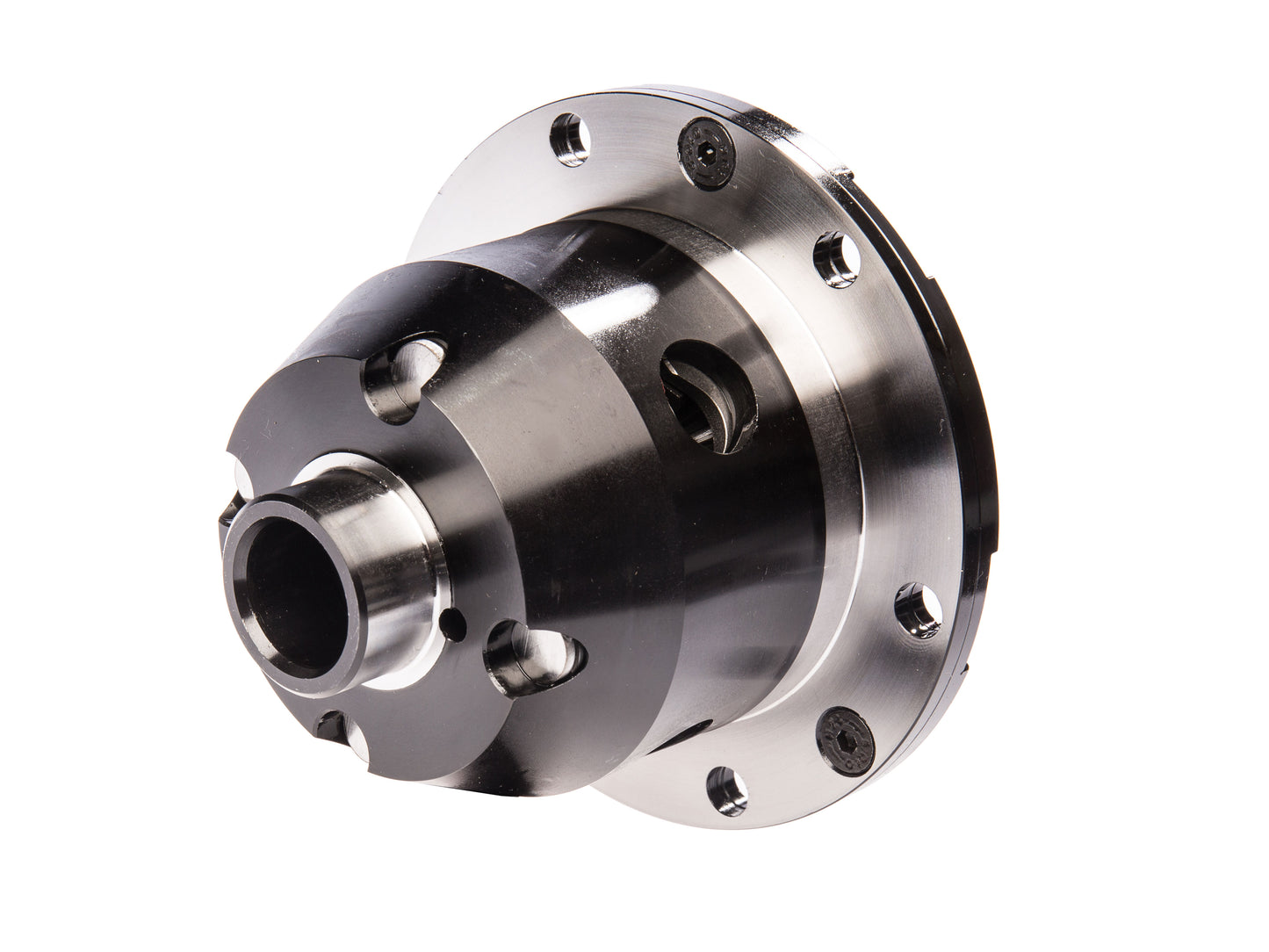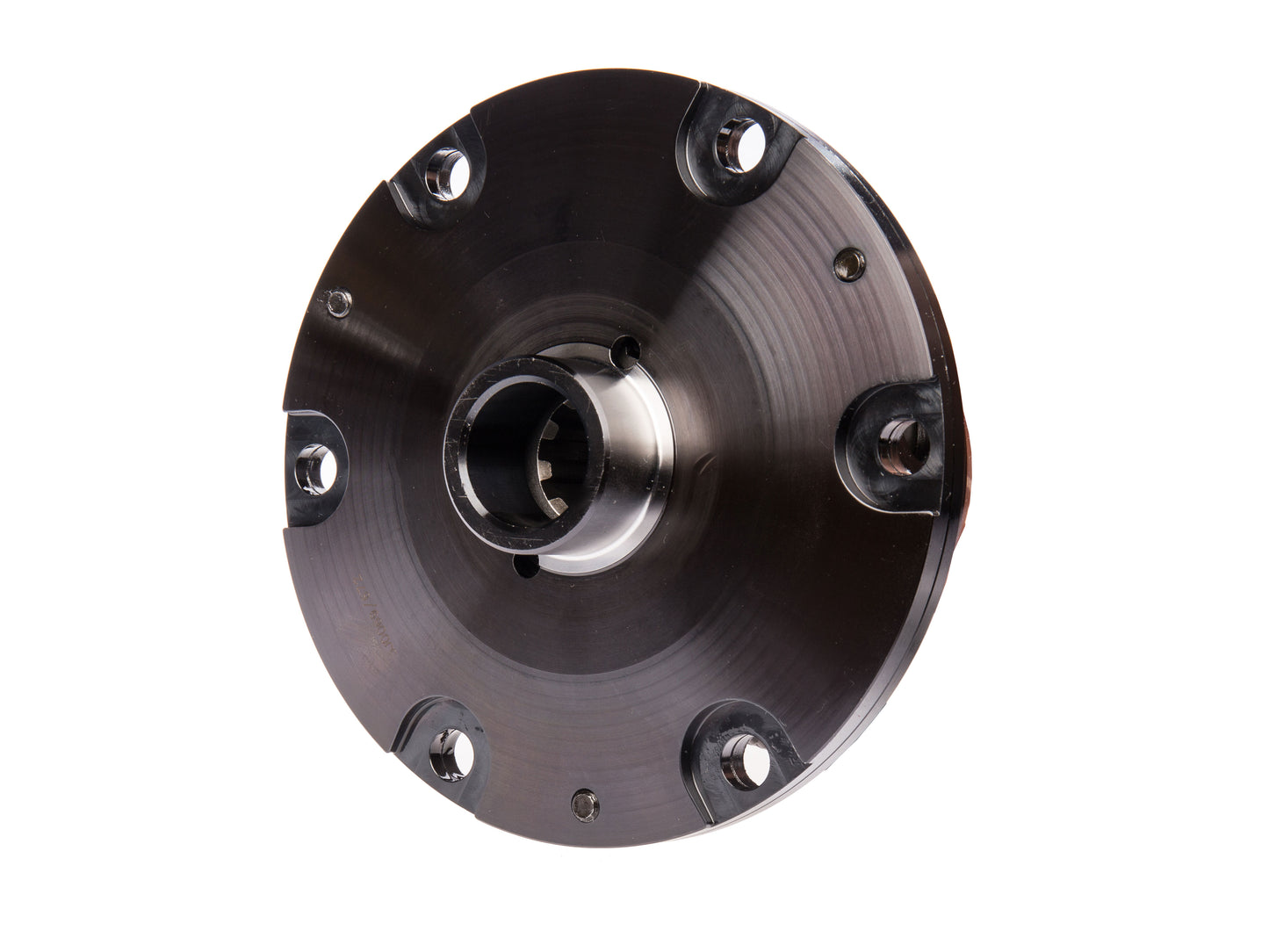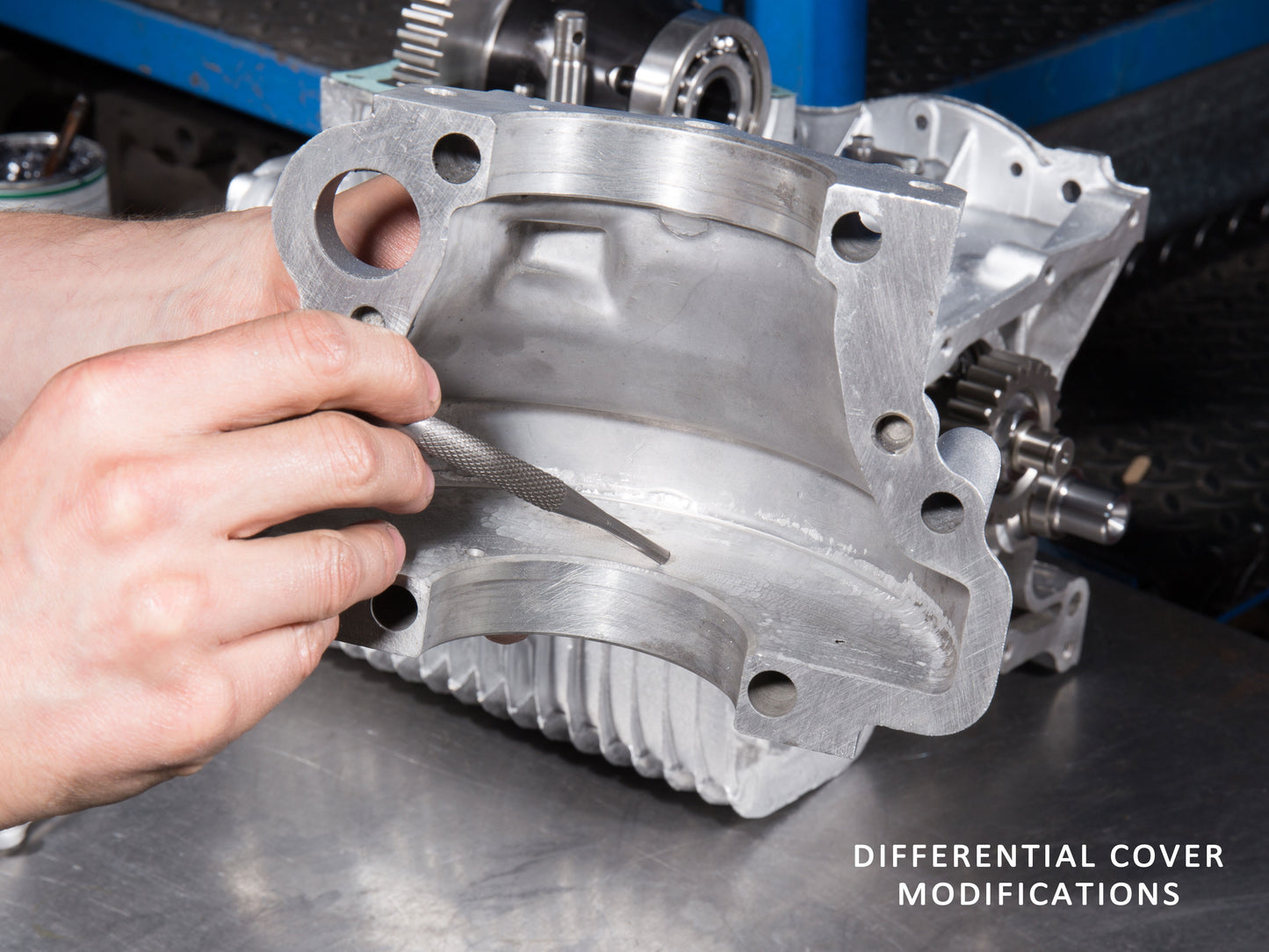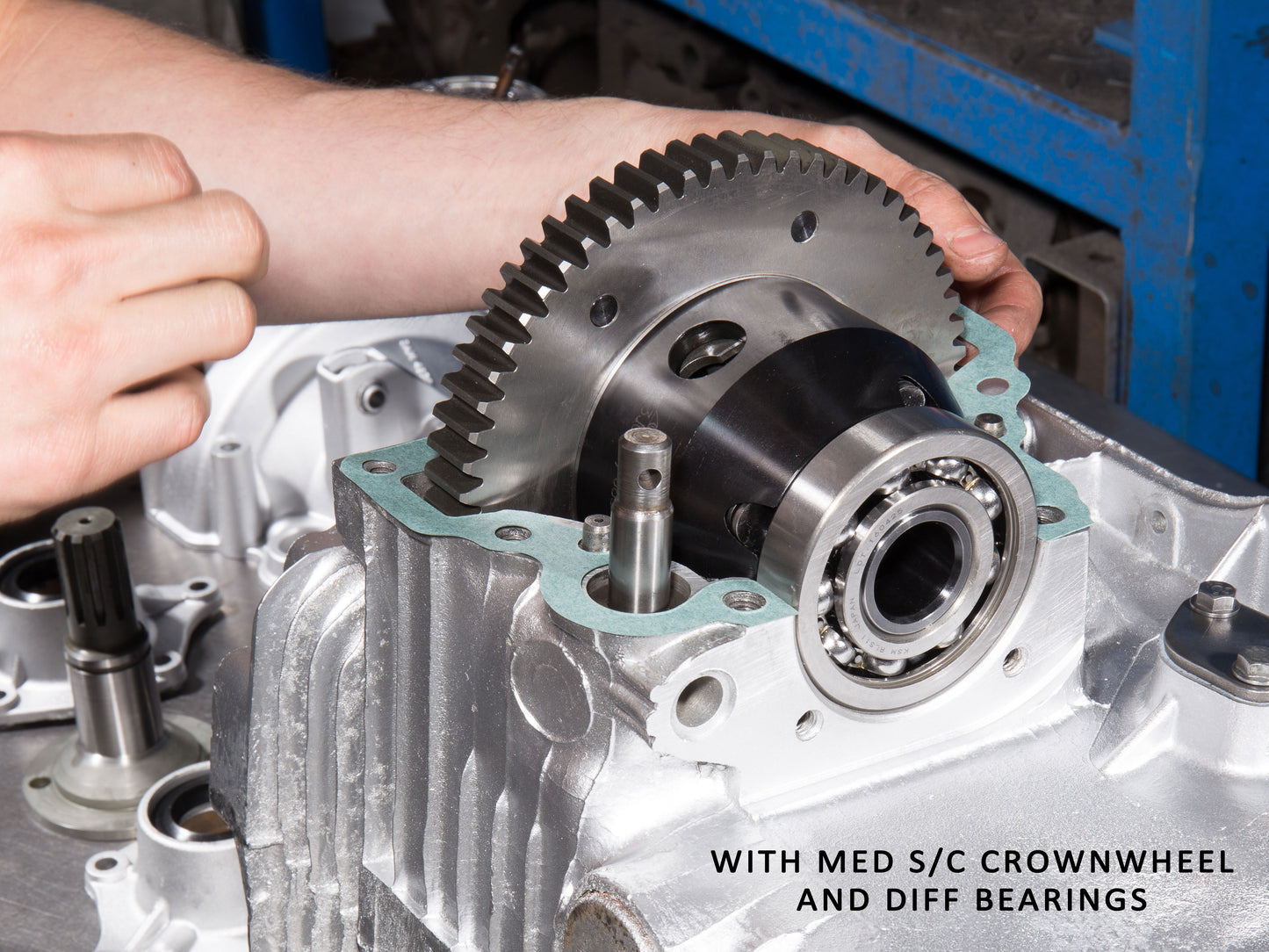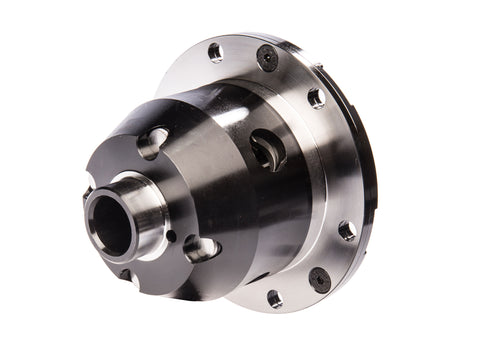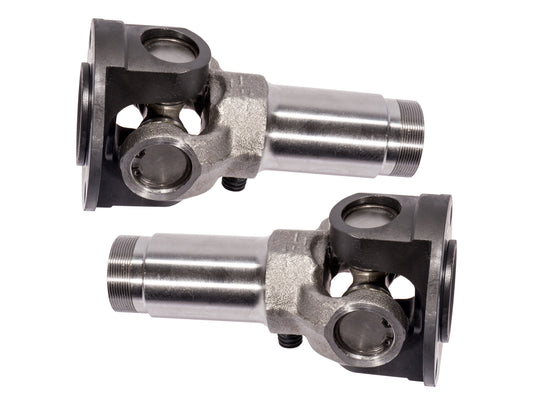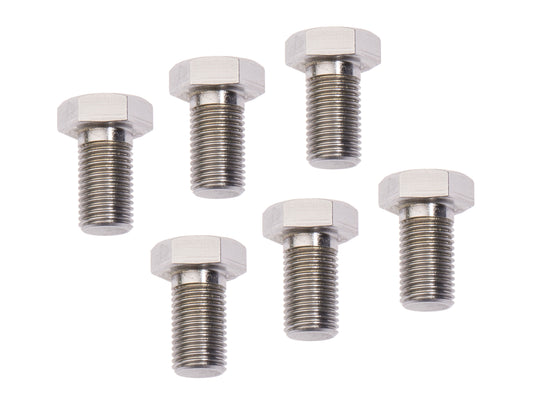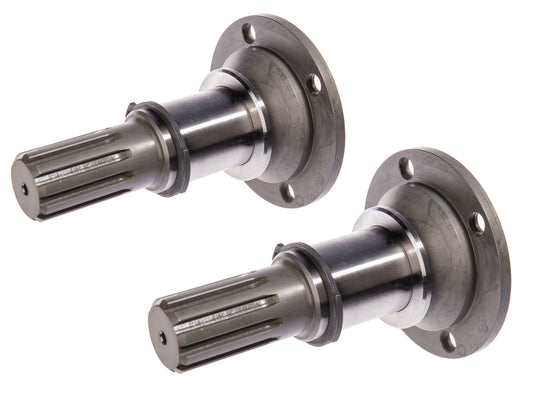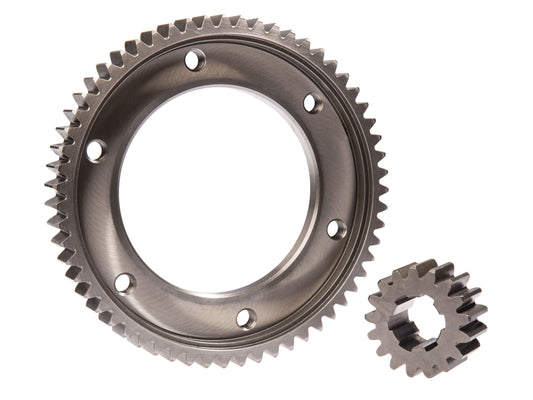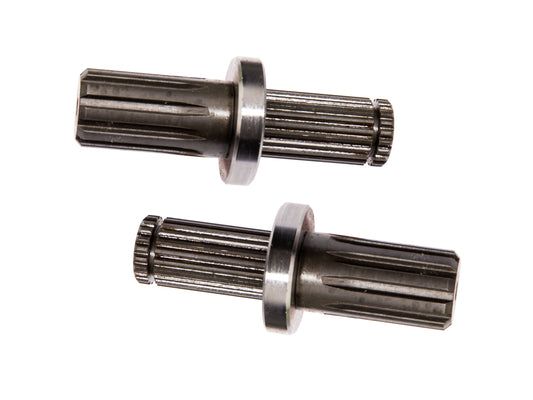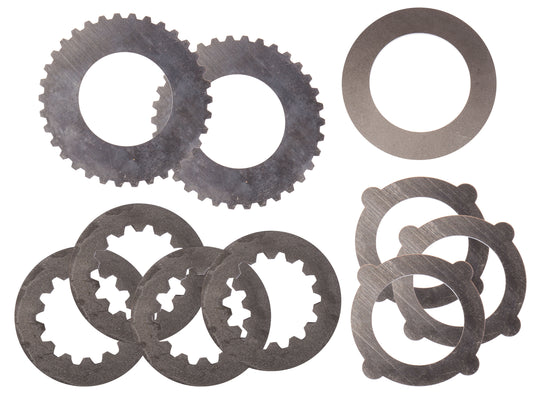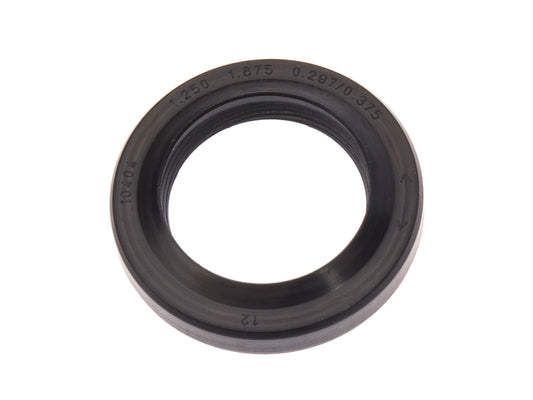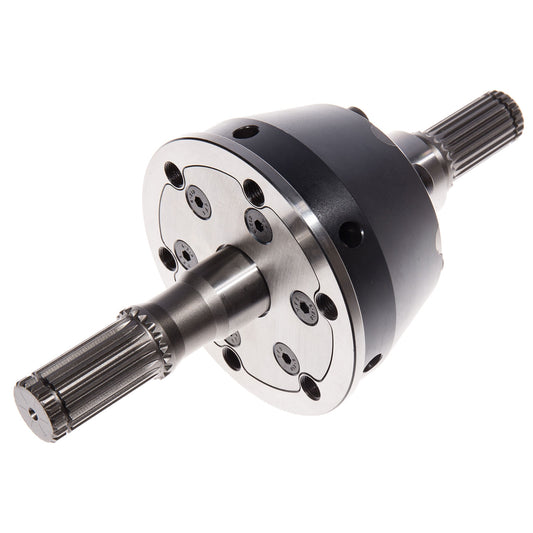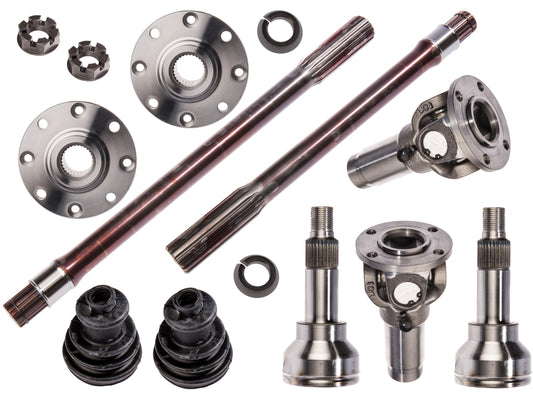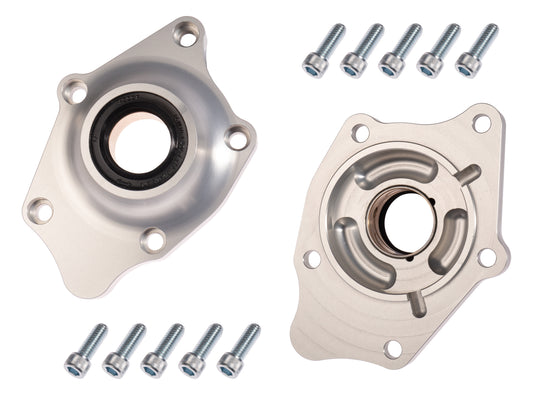NXG LSD DIFFERENTIAL - MINI
Technical Video:View More


Description
If you are struggling with traction in your competition Mini, this limited-slip differential is the answer.
The NXG (next generation) LSD comes from decades of development work with competition Minis, and is one of the strongest, most progressive and versatile units on the market.
The NXG plate pack runs on eight active surfaces, giving maximum surface area and contact during use. The LSD is fully rebuildable, and can be adjusted to suit your personal preferences.
No longer will you light-up the unloaded inside tyre and need to back-off the throttle, resulting in greatly improved lap times.
We have two recommended setups, as below, and can also set the LSD up to your personal preferences.
- Race/Rally - 35/90 ramp angle, 70lb.ft preload.
-
Hillclimb/Sprint - 45/90 ramp angle, 50lb.ft preload.
The pre-load values are given within a 10% tolerance. For hillclimb and sprint use we tend to reduce the pre-load and swap to the less aggressive acceleration ramp angle, which makes them easier to handle.
Design features:
- 35/90-degree ramp angles, with ability to change to 45/90.
- Infinite adjustment of the pre-load is possible.
- The bevel and planet gear pack have a larger, stronger tooth profile than older designs, to eliminate rattle and excessive back lash.
- Large diameter clutch pack for improved contact and longevity.
- Fully rebuildable with spare clutch packs in stock.
- Suitable for the MED LSD crownwheel and pinion.
The gearbox case and differential housing will need light modification for clearance before fitment (please see an example in the images above).
Frequently Asked Questions
Is this a direct swap for the standard Mini differential?

Yes, with light modification of the differential housing for clearance. You may also need to purchase a suitable LSD crown wheel and pinion set, bolts (MED-3500-CB) and output shafts to suit your driveshaft setup. Please contact us if you'd like further recommendations on this.
Do I need to 'run-in' the LSD?

Ideally yes. A correct running-in procedure will reduce friction between the gear teeth while bedding-in the clutch pack. A good procedure is to use the gearbox gently for between 20-30 miles, followed by 20-30 miles of more aggressive driving, ideally if you can find a space to work in some hard cornering and figure-of-eights. Once complete, an oil change would be recommended, as with any transmission rebuild. This will greatly enhance the lifetime of the LSD.
How often will the NXG LSD need to be serviced?

It depends on how hard it has been driven. We would typically check the pre-load settings after a season of competition to give an indication of clutch plate wear. For hillclimb use with limited running time, the plate pack should last for many years between services, whereas on the other extreme, oval grass track racing with only right hand corners, it will wear more frequently.
Is it possible to check these pre-load settings myself?

It's not as accurate as using our test rig, however, you can roughly test the pre-load by using a torque wrench on one of the Mini's hub nuts, with the opposite wheel locked in position. The point at which the wheel begins to turn can be measured on your torque wrench.
Can I use this LSD on the road?

Yes, for occasional use, although we would recommend you opt for our hillclimb/sprint settings rather than full race. If 90% of your driving is road use but with some occasional competitions, we would steer you towards the helical gear differential instead, which is far easier to handle.
I've fitted the LSD and it makes a clonking noise at slow speed. Is it broken?

No, that's the internal clutch plates slipping as the car slowly turns a corner. It may sound broken, but rest assured this is just the nature of plate-type LSDs when either pushed around a paddock or driven slowly. When driven at speed, the noise will go.
How does the ramp angle affect performance?

Inside the LSD are two drive pins, like a traditional X-pin Mini differential. However, instead of being fixed in position, as drive is applied to the differential, the pins are forced up a short ramp, which compresses the clutch plates and effectively locks the unit together. The steeper this ramp angle, the more effort will be required to lock the differential, and the less aggressive it will be in operation. We have the choice of 35 or 45 degrees on this ramp, with the deceleration side being 90 degrees in both cases - a dead stop to fully unlock on turn-in.
Is this a 2-way or 1-way LSD?

It's a 1-way setup, which only grips together upon acceleration. This is best for a front-wheel drive car like the Mini, or initial turn-in would be very difficult.
Can I run the unit with minimal pre-load?

It's best not to run without pre-load, or very low pre-load, as this will lead to premature wear of the drive plates, as they will be slipping together more often. Imagine this like slipping your Mini's clutch on every launch, which would soon wear out the plate.
Related Products
